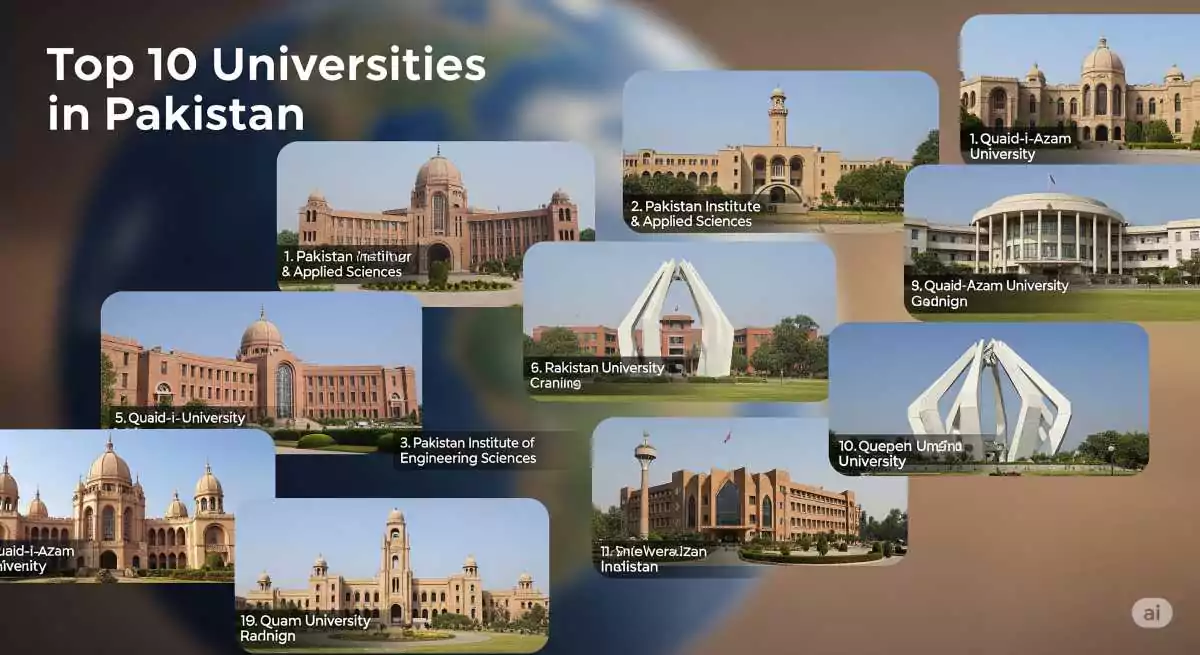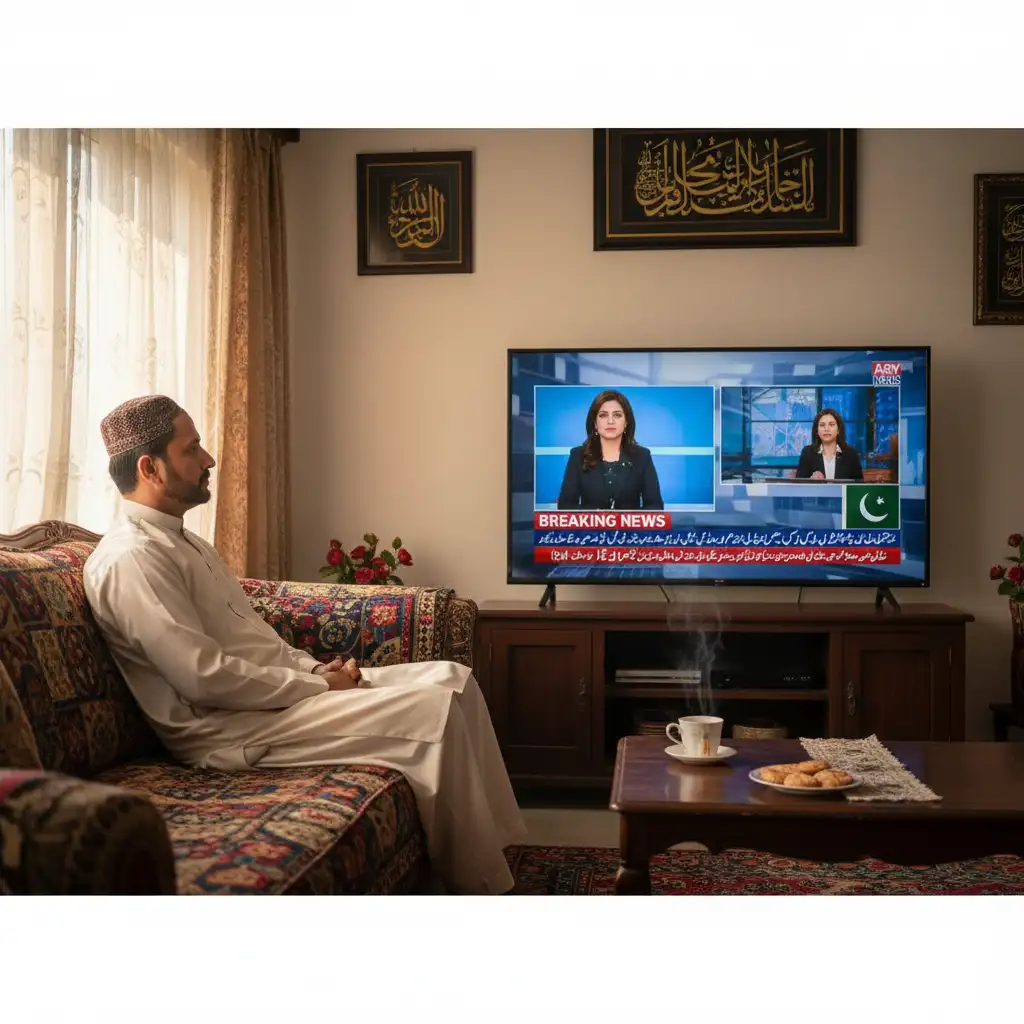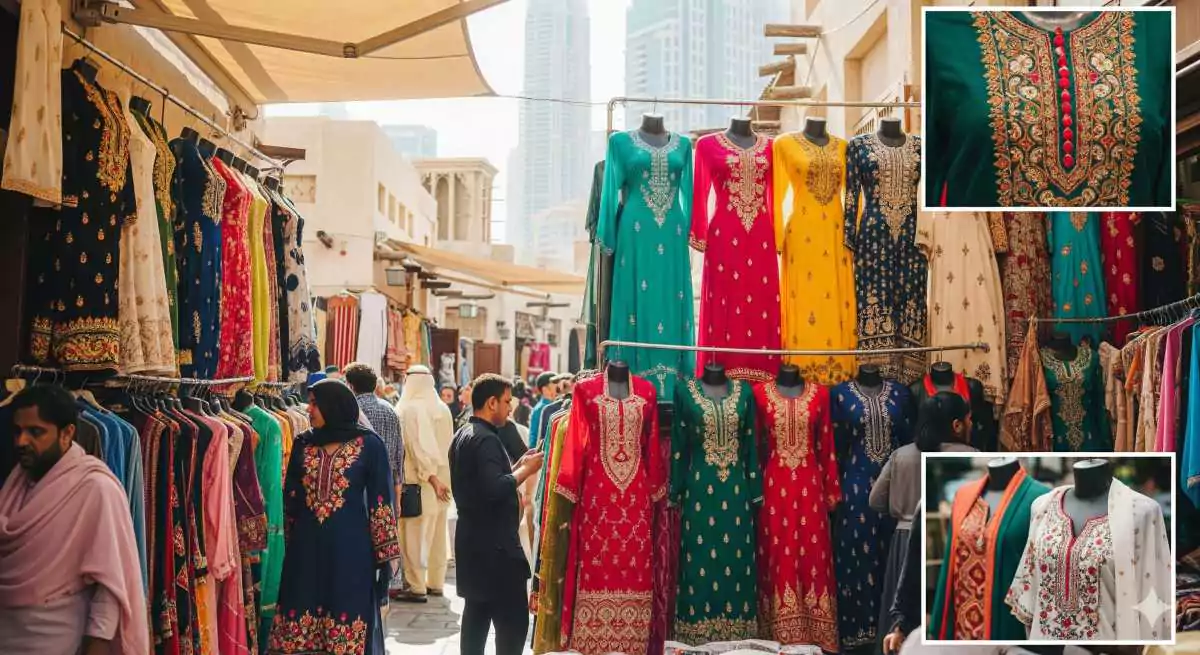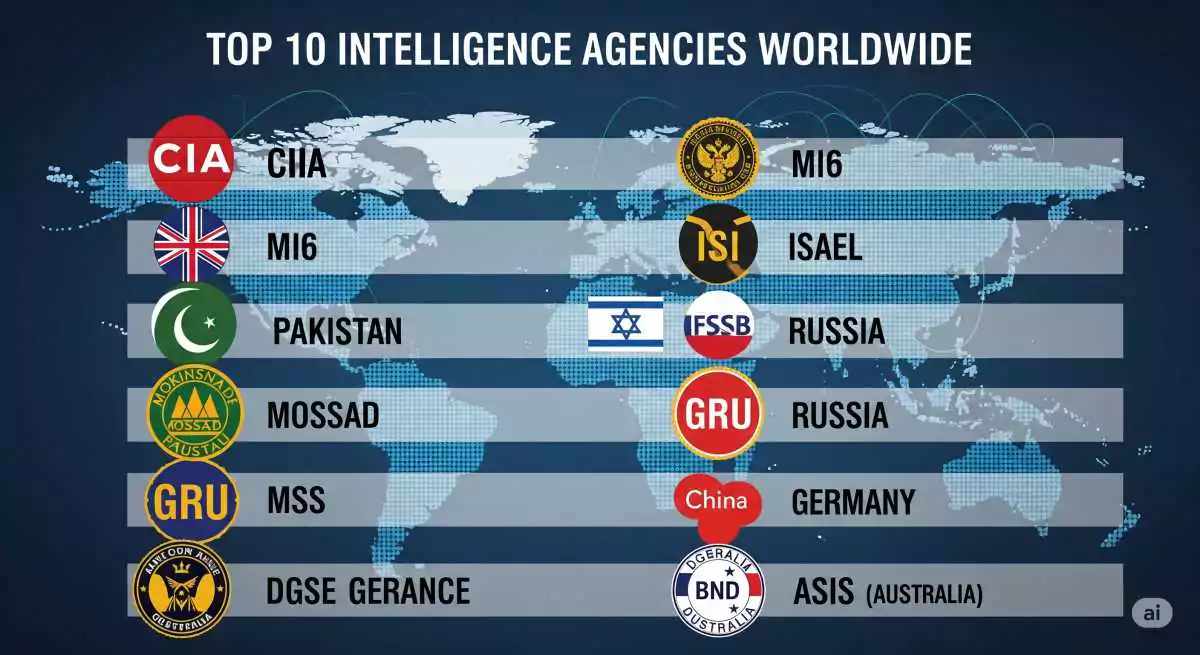Pakistan's education system is a complex tapestry woven from historical influences, socio economic challenges, and ongoing reforms. Established post independence in 1947, it has evolved under various governments, drawing from British colonial legacies while incorporating Islamic values and modern global standards. This article delves into every facet of the system from its structure and governance to challenges, achievements, and future prospects. We will also highlight the top 10 universities in Pakistan based on recent rankings, underscoring the higher education landscape. By examining historical, administrative, social, economic, and international angles, this comprehensive analysis aims to provide a balanced understanding of a system that serves over 220 million people, where education is both a constitutional right and a persistent struggle for equity.
Historical Evolution
The roots of Pakistan's education system trace back to the British Raj, which introduced a formalized structure emphasizing English-medium instruction for the elite. Post partition, Pakistan inherited a fragmented system with low literacy rates around 16% in 1947. Early policies under leaders like Quaid e Azam Muhammad Ali Jinnah emphasized universal education, leading to the first Education Conference in 1947, which advocated for free and compulsory primary education.
The 1950s and 1960s saw rapid expansion with the establishment of universities and technical institutes, influenced by the Green Revolution and industrialization needs. The 1971 nationalization under Zulfikar Ali Bhutto shifted many private institutions to public control, aiming for accessibility but often leading to quality declines due to bureaucratic inefficiencies.
The 1980s under General Zia-ul-Haq introduced Islamization, integrating religious studies into curricula. The 1990s and 2000s brought decentralization through the 18th Amendment (2010), devolving education to provinces, which fostered regional variations but also inconsistencies. Recent decades have seen influences from globalization, with emphases on STEM (Science, Technology, Engineering, Mathematics) and digital literacy, amid partnerships with international bodies like UNESCO and the World Bank.
This historical lens reveals a system oscillating between centralization and devolution, equity drives and elite biases, reflecting Pakistan's political turbulence.
Structure and Levels of Education
Pakistan's education system is divided into pre primary, primary, secondary, higher secondary, and tertiary levels, governed by federal and provincial ministries. The medium of instruction varies: Urdu in public schools, English in private ones, and regional languages in some areas.
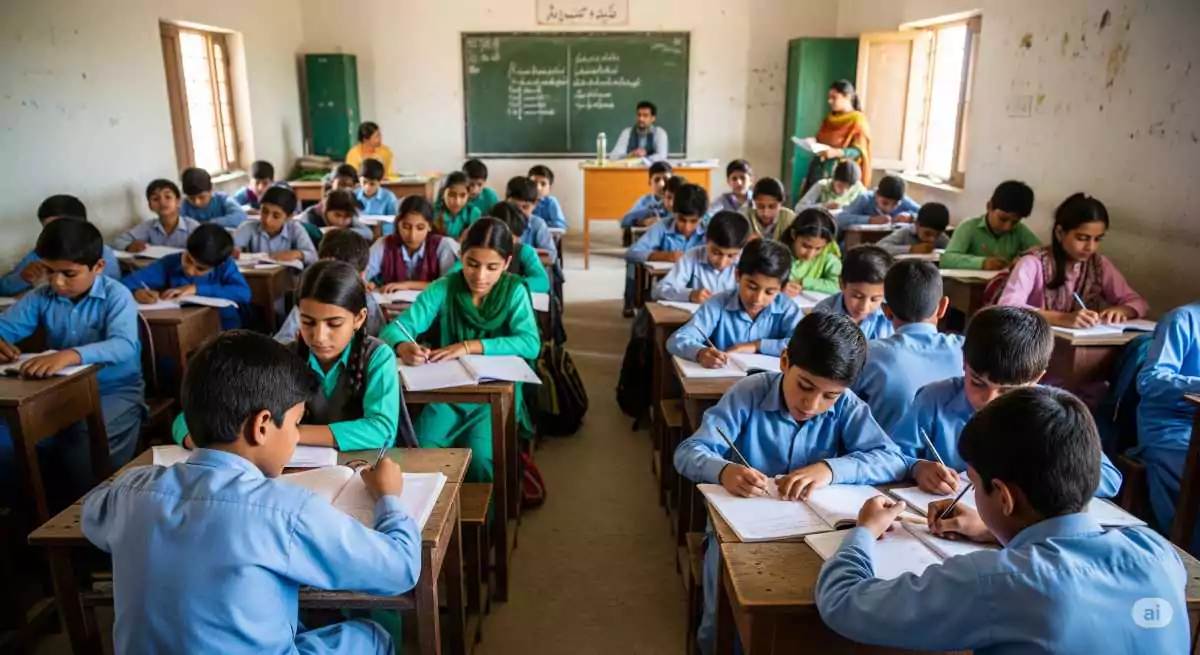
Pre Primary Education (Ages 3-5)
Often overlooked, this stage is not compulsory and is mostly provided by private nurseries or Montessori schools in urban areas. Rural access is limited, with only about 40% enrollment. It focuses on basic socialization, language, and motor skills, but lacks standardization.
Primary Education (Ages 5-10, Grades 1-5)
Compulsory under Article 25 A of the Constitution (introduced in 2010), primary education aims for universal access. It's free in public schools, covering subjects like Urdu, English, Mathematics, Science, Social Studies, and Islamiat (Islamic Studies). However, enrollment hovers around 80, 85%, with dropout rates high due to poverty and child labor.
Middle/Secondary Education (Ages 10-15, Grades 6-10)
This builds on primary foundations, introducing specialized subjects. Students prepare for the Secondary School Certificate (SSC) exams, administered by provincial boards. Public schools dominate rural areas, while urban elites prefer private Cambridge O Level systems, highlighting a dual track divide.
Higher Secondary Education (Ages 15, 17, Grades 11, 12)
Leading to the Higher Secondary School Certificate (HSSC) or A Levels, this stage offers streams like Pre Medical, Pre Engineering, Commerce, and Humanities. It's a gateway to university, but only about 60% of secondary graduates proceed, often due to financial barriers.
Tertiary/Higher Education
Overseen by the Higher Education Commission (HEC), this includes undergraduate (bachelor's), postgraduate (master's), and doctoral programs. Pakistan has over 200 universities, with a mix of public (funded by government) and private institutions. Enrollment has surged from 276,000 in 2001 to over 1.9 million today, driven by scholarships and online programs.
Vocational and technical education runs parallel through bodies like the National Vocational and Technical Training Commission (NAVTTC), offering diplomas in trades like IT and engineering to bridge skill gaps.
From an administrative angle, the federal government sets policies via the Ministry of Federal Education and Professional Training, while provinces handle implementation, leading to disparities e.g., Punjab invests more in infrastructure than Balochistan.
Curriculum and Pedagogy
The National Curriculum Framework (2006, revised in 2021) emphasizes critical thinking, inclusivity, and alignment with Sustainable Development Goal 4 (Quality Education). Core subjects include languages, sciences, and ethics, with a mandatory focus on Pakistan Studies and Islamiat to foster national identity.
However, pedagogy remains rote-learning centric, with teacher-centered classrooms and limited use of technology. Private schools often adopt international curricula like IB or Cambridge, promoting inquiry based learning, while public ones struggle with outdated textbooks and overcrowded classes (average 40, 50 students per teacher).
Gender sensitive reforms, like incorporating women's rights in syllabi, aim to address biases, but implementation varies. The Single National Curriculum (SNC), introduced in 2021, seeks uniformity across public, private, and madrassas (religious schools), but faces criticism for potential ideological imposition and ignoring regional diversity.
Governance and Funding
Education is a provincial subject post 18th Amendment, with the Inter Provincial Education Ministers' Conference coordinating nationally. Funding is a perennial issue: Pakistan allocates about 2, 2.5% of GDP to education, far below the UNESCO recommended 4, 6%. This results in underpaid teachers (average salary PKR 20,000, 50,000/month) and inadequate facilities e.g., 40% of schools lack basic amenities like toilets or electricity.
Public-private partnerships (PPPs) have emerged, with NGOs like The Citizens Foundation (TCF) running 1,800+ schools for underprivileged children. International aid from USAID and DFID supports reforms, but corruption and mismanagement often dilute impacts.
Challenges and Socio Economic Angles
Pakistan's education system grapples with multifaceted hurdles:
- Access and Equity: Literacy rate stands at 60% (2023 estimates), with rural urban (45% vs. 75%) and gender gaps (male 70%, female 50%). Over 22 million children are out of school, exacerbated by poverty, early marriages, and conflict in regions like Khyber Pakhtunkhwa.
- Quality Issues: Poor teacher training, absenteeism, and outdated infrastructure lead to low learning outcomes e.g., ASER reports show only 50% of Grade 5 students can read a Grade 2 story.
- Gender Disparities: Cultural norms restrict girls' education, though initiatives like Malala Fund have boosted enrollment by 20% in recent years.
- Economic Barriers: High private school fees (PKR 5,000, 50,000/month) create class divides, while public schools are free but subpar, perpetuating inequality.
- Security and Political Instability: In conflict zones, schools are targeted, displacing students. Political interference in appointments hinders meritocracy.
- Digital Divide: COVID-19 exposed gaps, with only 30% rural access to online learning, widening urban-rural chasms.
From a social angle, madrassas educate millions, focusing on religious studies but often lacking modern subjects, raising integration concerns. Economically, an unskilled workforce hampers growth, with unemployment at 6, 8% among graduates due to mismatch with job markets.
Achievements and Reforms
Despite challenges, progress is evident. Enrollment has doubled since 2000, with female literacy rising 15% in a decade. The Benazir Income Support Program (BISP) provides stipends to keep girls in school. HEC's quality assurance has elevated universities globally, with research output tripling.
Reforms like the SNC, digital classrooms via Teleschool, and vocational training under Ehsaas Program aim for inclusivity. International collaborations, such as with China under CPEC, fund scholarships and tech transfers.
International Comparisons and Future Prospects
Compared to neighbors, Pakistan lags behind India (literacy 74%) and Bangladesh (75%), but outperforms Afghanistan (43%). Globally, it ranks low in PISA like assessments, but initiatives like joining OECD's education forums signal ambition.
Future prospects hinge on increasing funding to 4% GDP, teacher professionalization, and tech integration. Climate-resilient schools and AI driven personalization could transform it, but require political will.
Top 10 Universities in Pakistan
Higher education is a bright spot, with institutions excelling in research and innovation. Based on QS World University Rankings 2025 and Times Higher Education data, here are the top 10 (rankings can vary slightly by metric; these reflect overall performance, research impact, and employability):
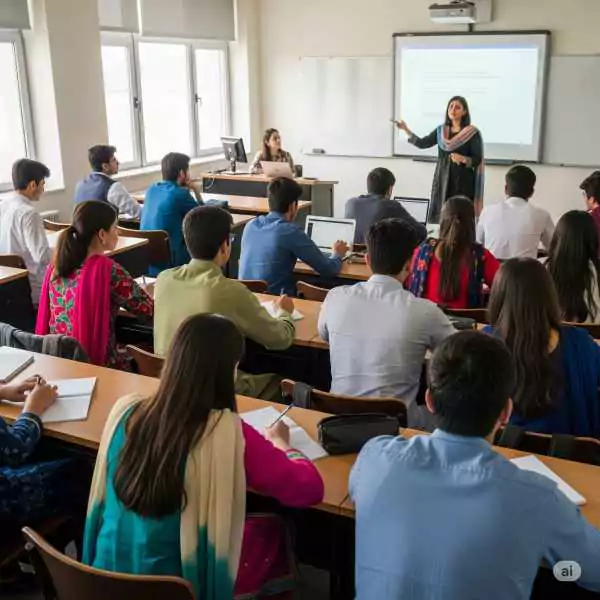
| Rank | University | Location | Key Strengths | Notable Facts |
|---|---|---|---|---|
| 1 | National University of Sciences and Technology (NUST) | Islamabad | Engineering, IT, Business | Founded 1991; top in QS Asia; strong military ties. |
| 2 | Quaid-i-Azam University (QAU) | Islamabad | Natural Sciences, Social Sciences | Established 1967; renowned for research; beautiful campus. |
| 3 | Lahore University of Management Sciences (LUMS) | Lahore | Business, Law, Humanities | Private; modeled after Harvard; high employability. |
| 4 | University of Engineering and Technology (UET) Lahore | Lahore | Engineering, Architecture | Oldest engineering uni (1921); alumni in global firms. |
| 5 | Aga Khan University (AKU) | Karachi | Medicine, Nursing, Education | International standards; focuses on health research. |
| 6 | University of Punjab | Lahore | Arts, Sciences, Law | Largest by enrollment (45,000+); founded 1882. |
| 7 | COMSATS University Islamabad | Islamabad | IT, Biosciences, Engineering | Multiple campuses; strong in computer sciences. |
| 8 | University of Karachi | Karachi | Sciences, Pharmacy, Business | Established 1951; urban hub with diverse programs. |
| 9 | Pakistan Institute of Engineering and Applied Sciences (PIEAS) | Islamabad | Nuclear Engineering, Physics | Specialized in advanced tech; government-backed. |
| 10 | University of Agriculture Faisalabad (UAF) | Faisalabad | Agriculture, Veterinary | Leader in agri-research; contributes to food security. |
These universities represent a blend of public and private excellence, with many offering scholarships and international exchanges. Rankings evolve, so consult HEC or global sites for updates.
Conclusion
Pakistan's education system, while fraught with challenges, embodies resilience and potential. Addressing inequities through sustained investment and inclusive policies could propel it toward global standards, fostering a knowledgeable society. As the nation navigates demographic youth bulges, education remains key to sustainable development and peace. For deeper dives, refer to HEC reports or UNESCO data.
